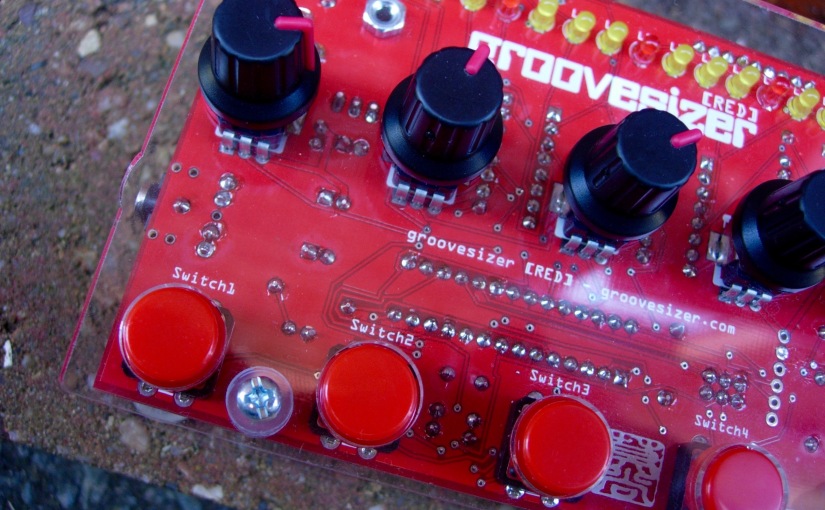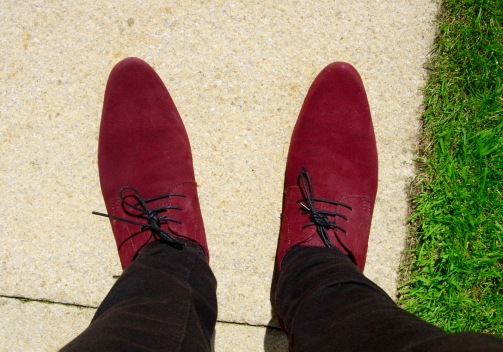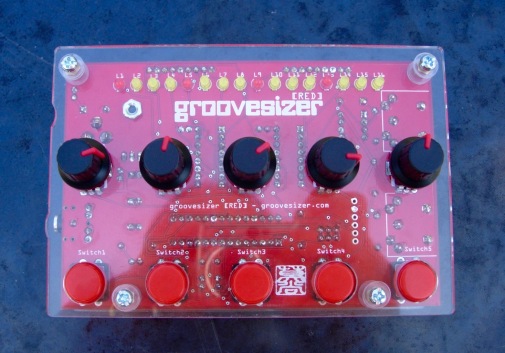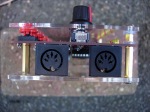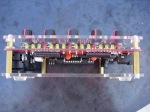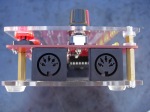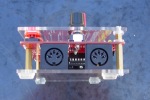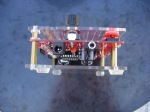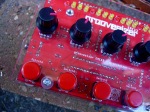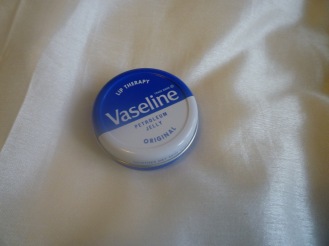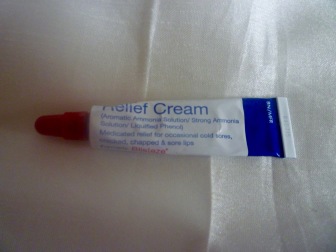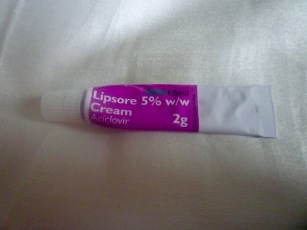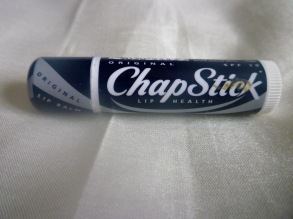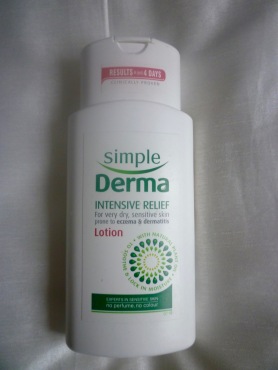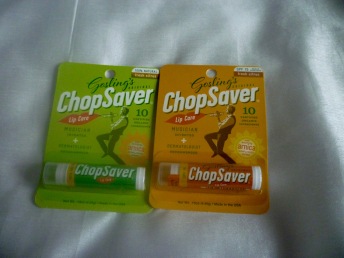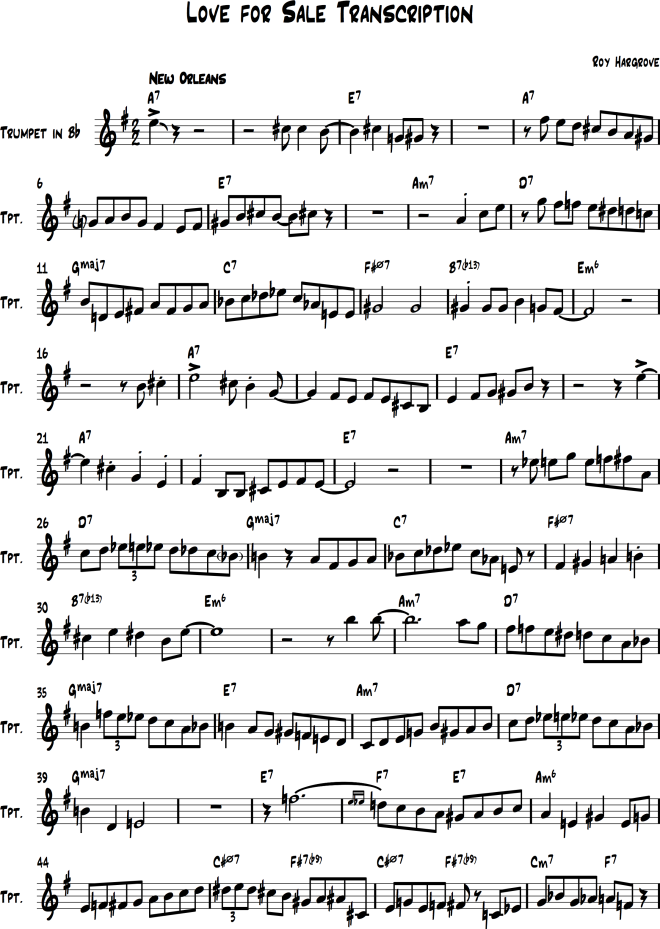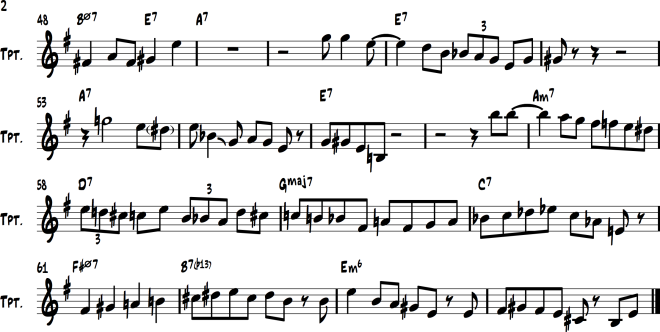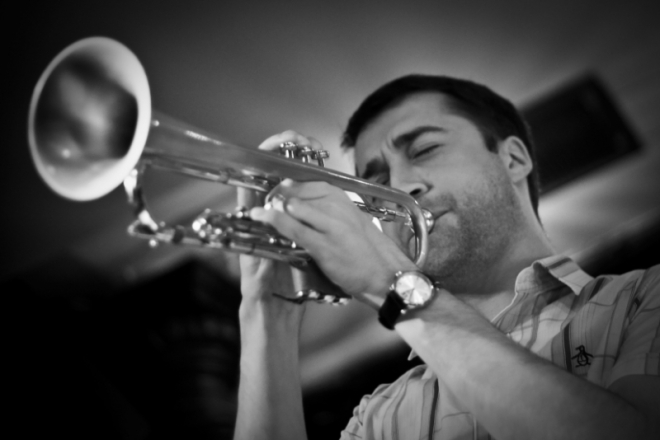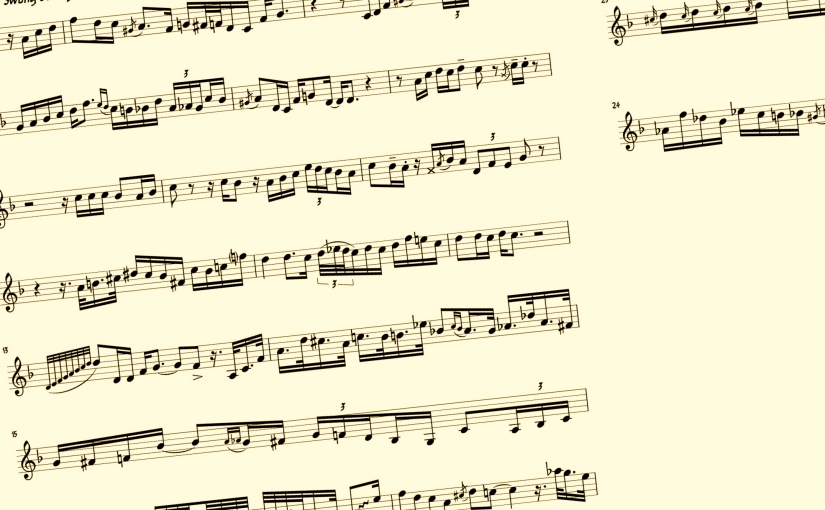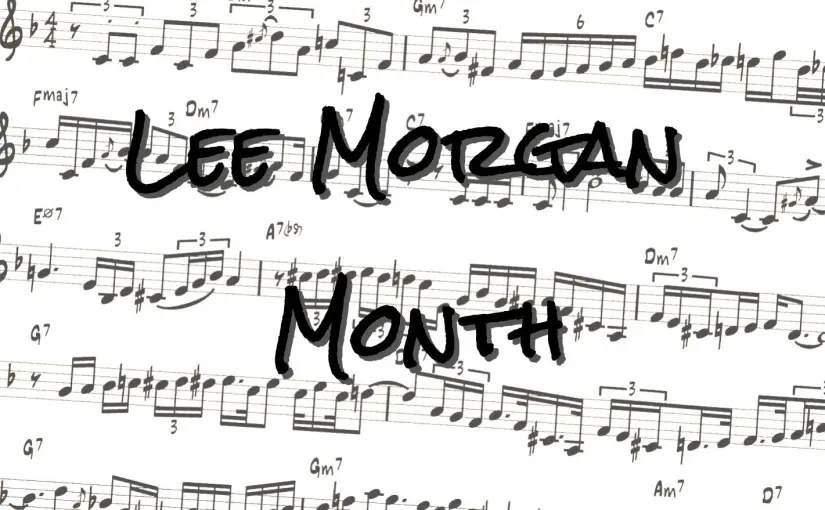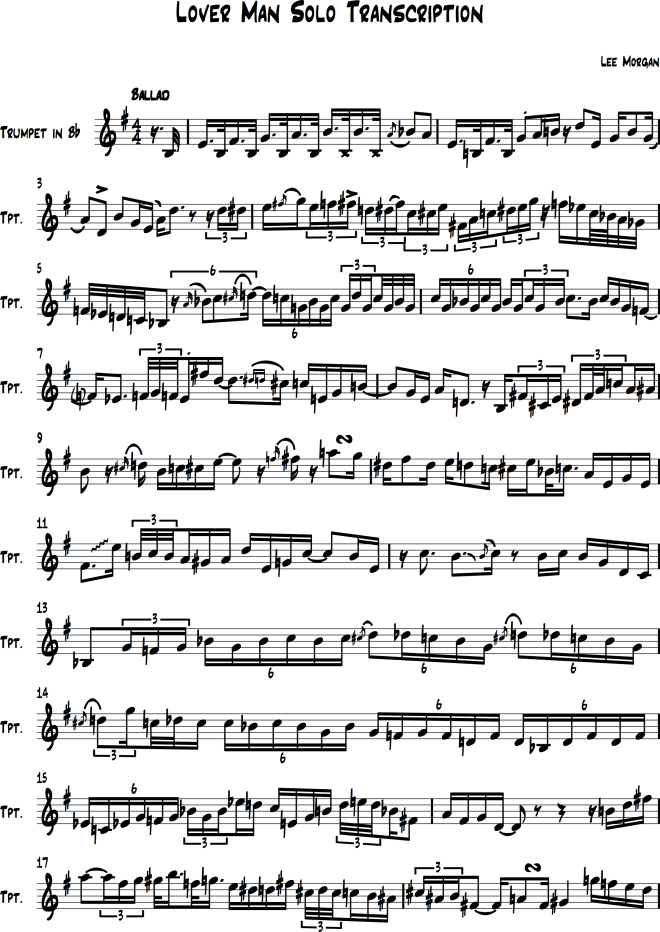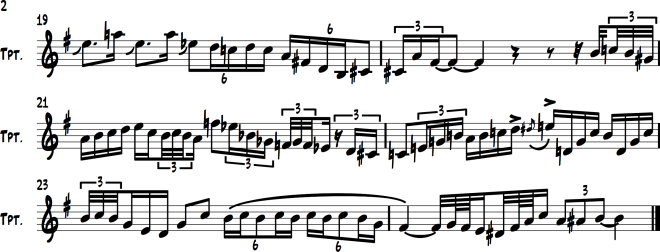I’m a big fan of the Mighty Boosh. It stands out on the sea of British comedy like a ship’s captain with a mullet. Followers of the show will have noticed that Noel and Julian are big fans of Gary Numan, who is referenced several times and appears, frowning, in a cupboard in the third series. In the episode ‘Tundra’ from series 1, Vince’s ancient (by today’s standards) Nokia interrupts at a key moment with a classic monophonic rendition of ‘Cars’. After watching the episode recently, I decided that it would be a laugh to have the same thing as my ringtone. Yes, I am aware it’s 2016 and yes I am ‘that guy’.
However, after extensive research (typed it into google), I wasn’t able to find a suitable recording anywhere. I did manage to locate one which someone has made with a surprising level of detail, but there is a slight glitch in the recording that I just couldn’t live with. So the only logical thing to do was to give up.
Not a chance.
- I started by loading up the episode and taking a grab of the audio to compare.
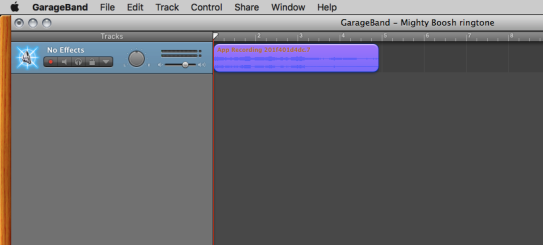
- Next up was to find the correct sound. I did a fair amount of searching around to see if I could find any information about what the components of the sound of those old Nokia ringtones were, but to no avail. After a few minutes of playing around with some of the synthesiser plugins and ‘musical typing’ in Garageband, I found that anything in that very high pitch range already starts to sound fairly convincing.
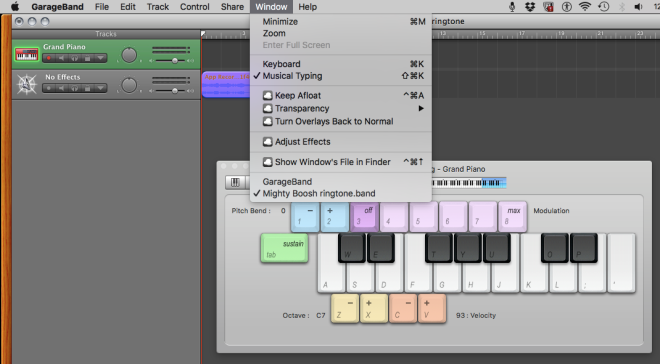
- After discovering this, I reasoned that finding the right sound was probably a case of playing around with different waveforms until I found something close to the original. None of Garageband’s standard synths are very powerful and certainly none of them have enough features to allow you to change the waveform or have very much control over the sound. I searched around google and chanced upon an AU plugin called u-he TyrellN6. It was dead easy to install and allows a lot of control over the sound as well as a built in sequencer, which I haven’t had time to fiddle with yet.
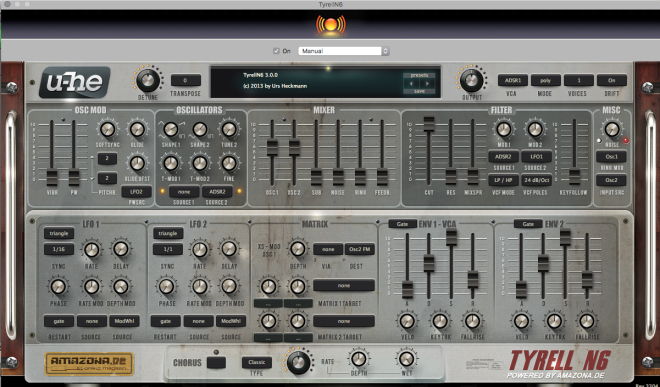
- TyrellN6 has a waveshaper that goes from triangle to square and getting the right tone was a case of selecting the most convincing position.
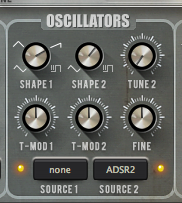
(Right there, if you were wondering)
Every other parameter is essentially not in use. Nothing fancy needed to create that classic (annoying?) ringtone sound. - Next, I input the melody in MIDI using the basic ‘musical typing’ input. Garageband has no tap tempo that I could seem to find (it probably does if you’re willing to search), but I reasoned the original ringtone would be a fairly standard tempo anyway. It turns I was right: 120BPM.
Again, no need for anything fancy in the MIDI input since an old ringtone like this would be all one velocity. I did pay special attention to the length of the notes on the other hand, as I wanted to get it as close as possible.
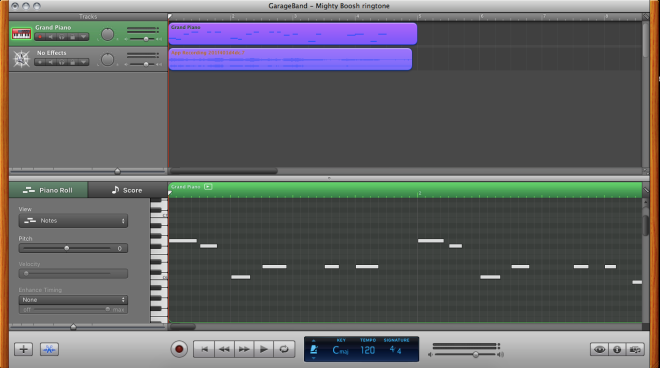
- I cleaned the MIDI input up with the quantiser, set to move notes to the nearest quaver (8th note) and fiddled around with any notes that didn’t sit quite right.
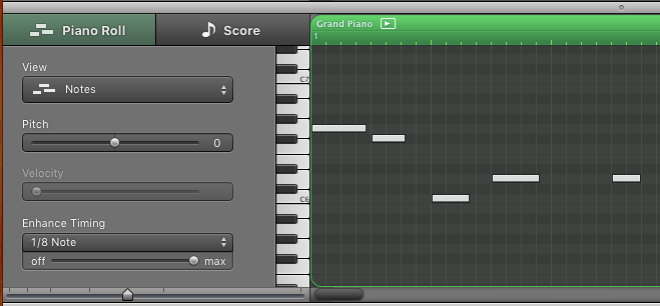
- I dragged the pattern out so it will repeat four times on my phone when it rings, exported it as a MP3… And we’re done. I hope you all enjoyed this bizarrely niche photoessay.
I actually used bluetooth to send the file to my phone and then was able to hear the ringtone in use when 2003 called.

